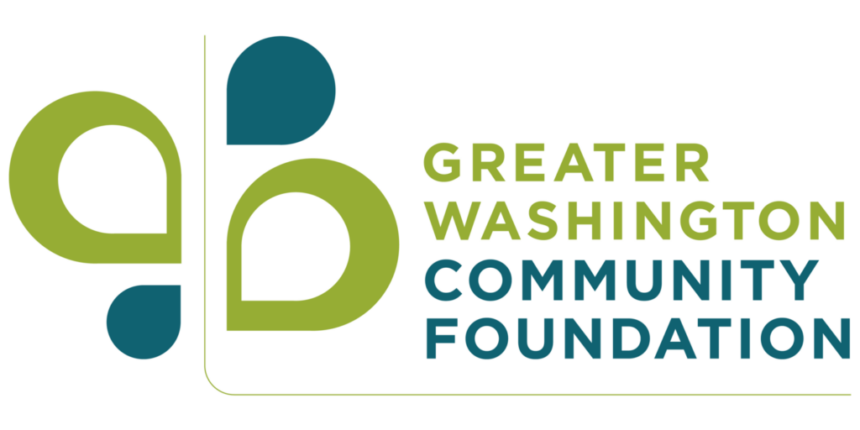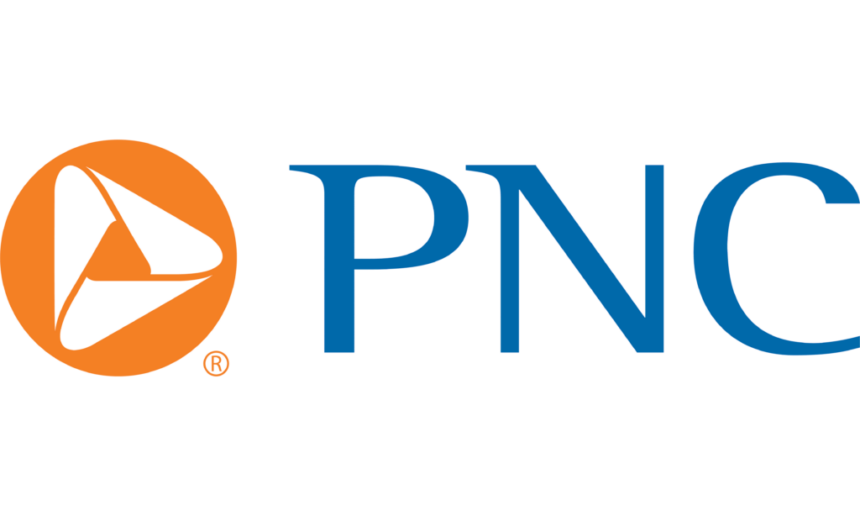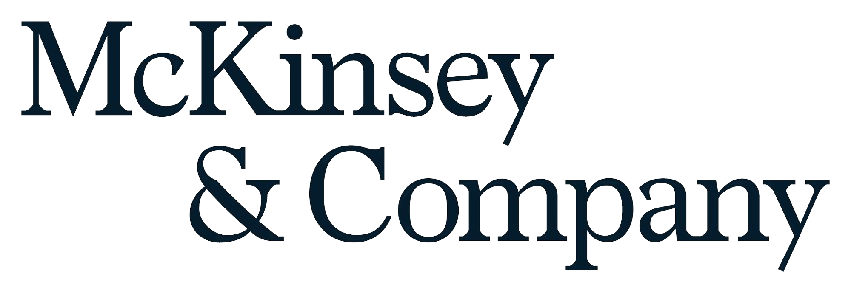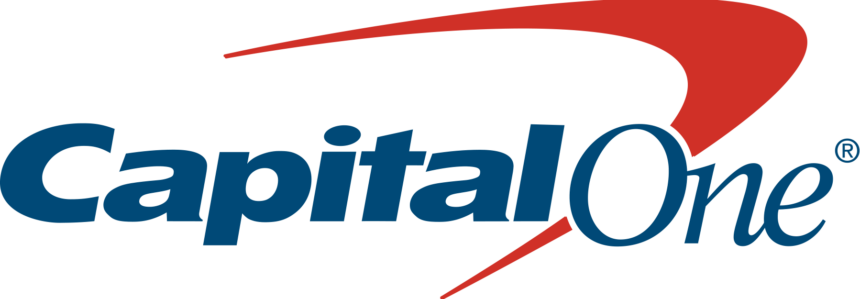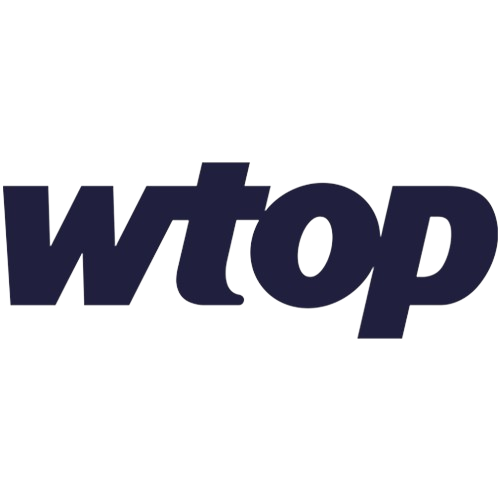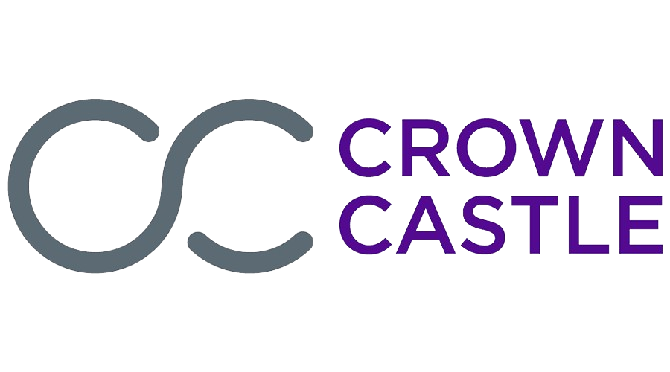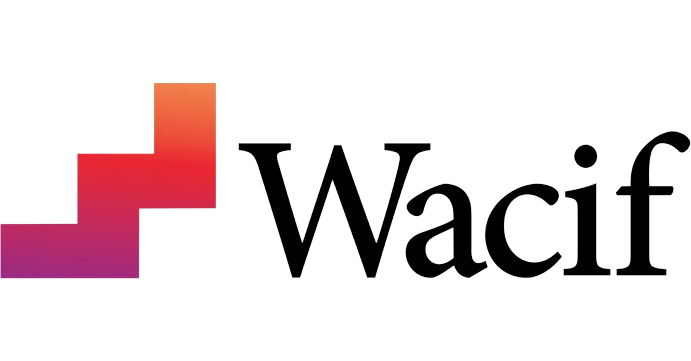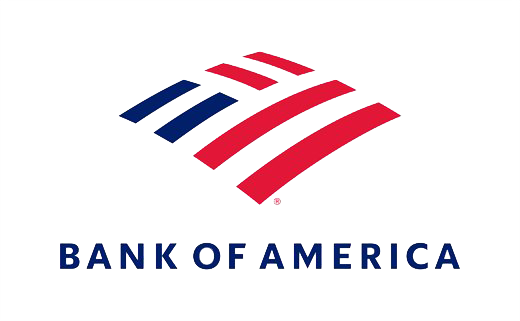Tips for boosting diversity and inclusion in your business

Every quarter, the Board of Trade hosts chamber of commerce executives from across the region for a conversation on shared priorities. At our last chambers’ meeting in July, Sheree Anne Kelly, CEO of the Association of Chamber of Commerce Executives, graciously presented her organization’s research on diversity and inclusion programs. Her insights are drawn from leading studies as well as the successes of ACCE members from around the country.
I interviewed Sheree Anne on how organizational leaders should approach a diversity and inclusion effort so that our members could also benefit from her expertise on this critical topic.
Social inclusion is a big topic. How do you define it?
Sheree Anne Kelly: The easiest definition is for organizations to try to make all types of people and all groups of people feel valued and heard in whatever ecosystem they are in. But there is an interesting and worthwhile distinction among diversity, equity, and inclusion.
Here’s a simple way to illustrate the difference: “Diversity” means that everyone gets invited to the party. “Equity” means that everyone can contribute to the playlist. “Inclusion” means that everyone can dance.
The nomenclature matters because a lot of people will say, “my focal point is diversity,” which means they are concerned with whether the individuals present are diverse. But if you want to dig deeper, you have to look at things like equity and inclusion. You can have diversity, but it means nothing if they can’t participate.
They all go hand in hand, but in general you want to move in a trajectory towards equitable and inclusive decision-making.
Why is it important that organizational leaders pay attention to diversity and inclusion?
The statistics show that demographics are changing rapidly in many of our communities. As a business leader, you want to think about your organization changing and adapting to address that. If you’re not tracking data that’s available in your community, you might not be getting ahead of those trends. For example, is your community gaining more immigrants? From where? Are older adults seeking to return to the workforce after they retire? Or are parents looking to return to the workforce? What are you doing to make your business an attractive place for these people to work or become customers?
Of course, making your business more inclusive is about doing the right thing, but it’s also really good for the business bottom line. Studies show that diverse and inclusive businesses have a higher net income than their counter parts that don’t. On a macro scale, other research shows that communities do better when there’s diversity and those different groups get along.
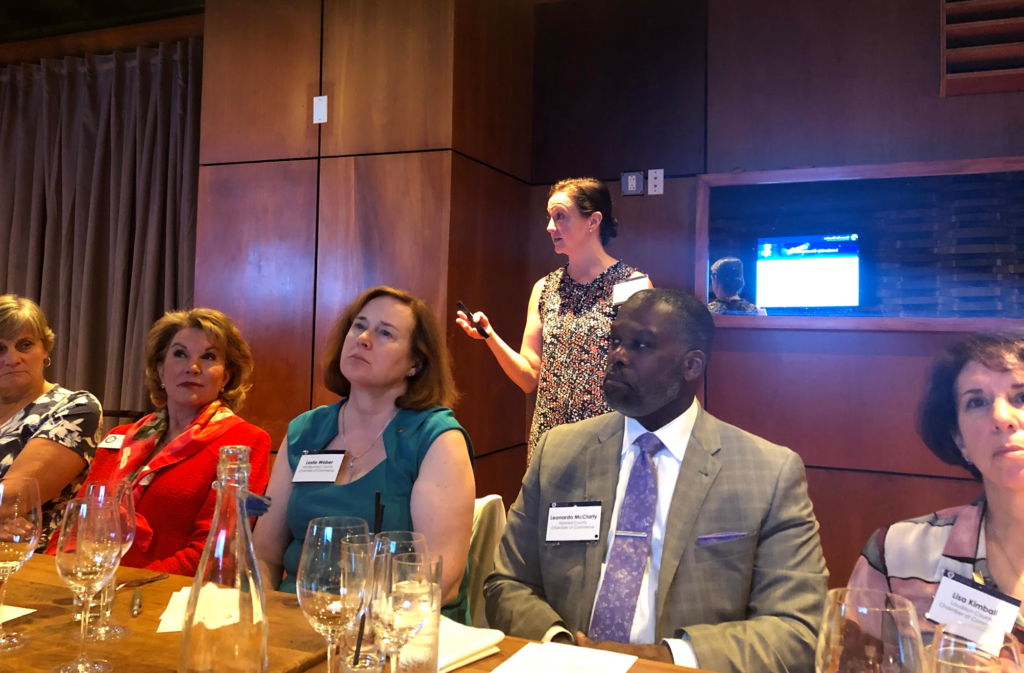
How have corporate diversity programs evolved over the years?
One change I’ve seen is in how we define diversity. Historically, it was focused on race and ethnicity but now leaders are increasingly looking at gender, age, sexual orientation, geographic location, opinions, talents, backgrounds—a much broader definition, which makes it a better conversation when you’re looking at driving outcomes within your own organization.
Another big change is that this effort is moving away from being a separate department. Diversity and inclusion increasingly create a lens through which you view all your business activities. It’s less about numbers and counts and quotas, which was a hot topic a few years ago. Now it’s about looking at your staff, your governance, your leadership, the speakers you bring in for events, your vendors, your suppliers, your customers, and asking, do these stakeholders collectively represent the diversity of our community?
What common mistake should leaders try to avoid when attempting to create a more inclusive workplace or business?
I get very frustrated by diversity for diversity’s sake. If you say, “I’ve hired a fill-in-the-blank person,” that’s not enough. You have to think about your needs and your community’s needs. You have to have a more holistic view.
Also, even if leaders have a diverse team, they have to ask themselves if the whole team is empowered. Are everybody’s voices heard? Can everybody affect change? Again, diversity doesn’t mean much if each segment doesn’t have the same ability to affect change.
What sign should leaders look for to know that their organization is as inclusive as it should be?
Here’s a big one: does your organization embody a learning culture? You need to constantly be asking for feedback and using that feedback to adapt. Are you asking your employees for their perspective? Are you training your team on areas that are shifting in your community? If you’re being nimble, that’s a great sign. That means being nimble internally and externally—how you work with your staff and how you work with your community. If there’s a good pace of change, that’s a good sign.
How can an organization develop that kind of learning culture?
It has to start from the top. If senior leadership isn’t willing to be challenged, it’s not going to work for the rest of the organization. Management has to create a safe space where staff can feel comfortable voicing disagreements and bringing up challenges.
Some groups will train their staff on unconscious bias, which can be very effective at showing how it’s innate in our nature to have unconscious bias towards certain segments of society. Just recognizing that can help people adjust the way they approach their colleagues and the rest of the community. It’s also useful to have conflict management training. Investing in these kinds of development opportunities can go a long way towards helping a team deal with diverse opinions and get to an optimal decision.
How can organizations increase internal diversity?
A lot of companies complain about not being able to get a diverse enough pool of candidates or potential board members. I always ask them to reconsider their outreach processes. Perhaps they need to explore new places to post their open positions. For the board, companies tend to ask their current board members to bring in people they know—which usually means you get more of the same kind of people. Companies should challenge themselves to reach beyond their own network and cast a wider net to find new talent.
Become a member today
We need your voice at the table to make Greater Washington a place where everyone can succeed



